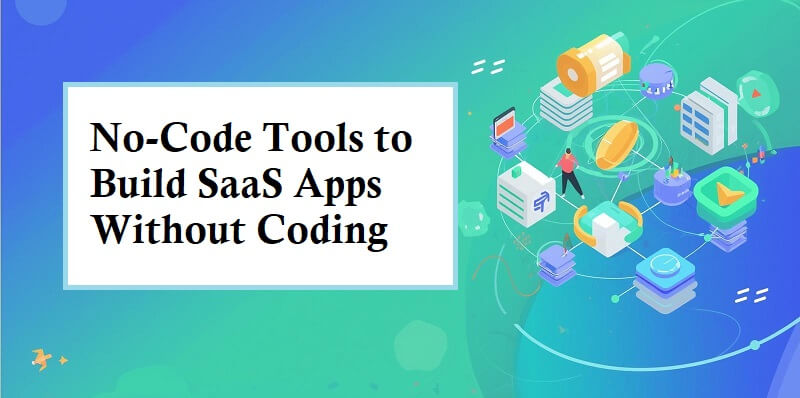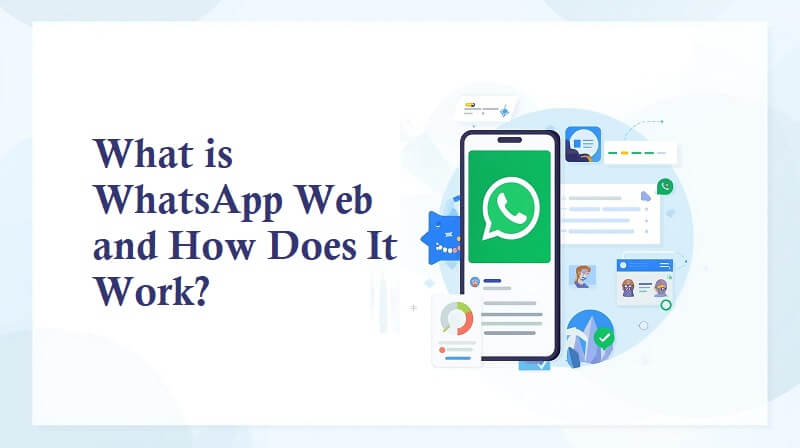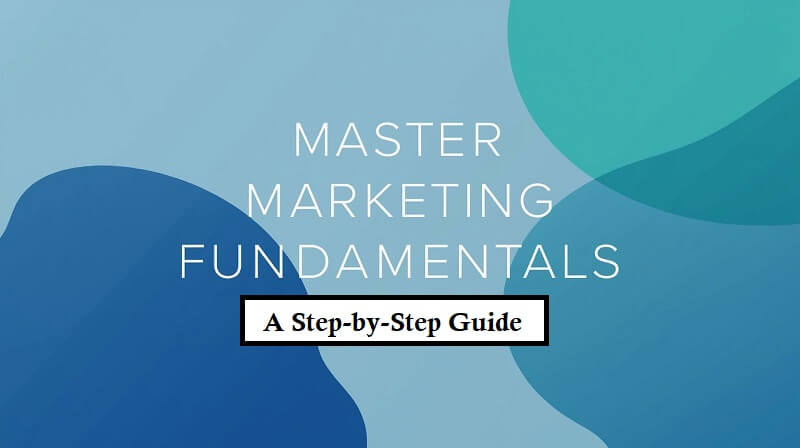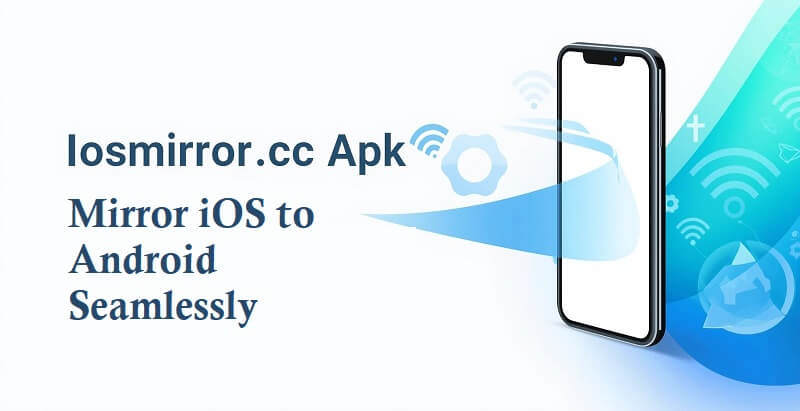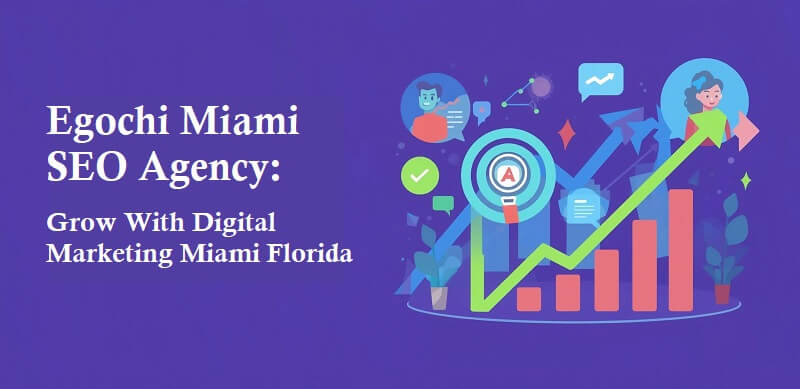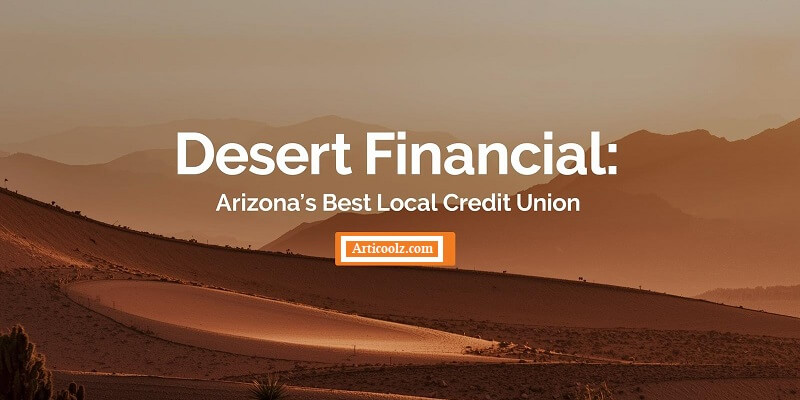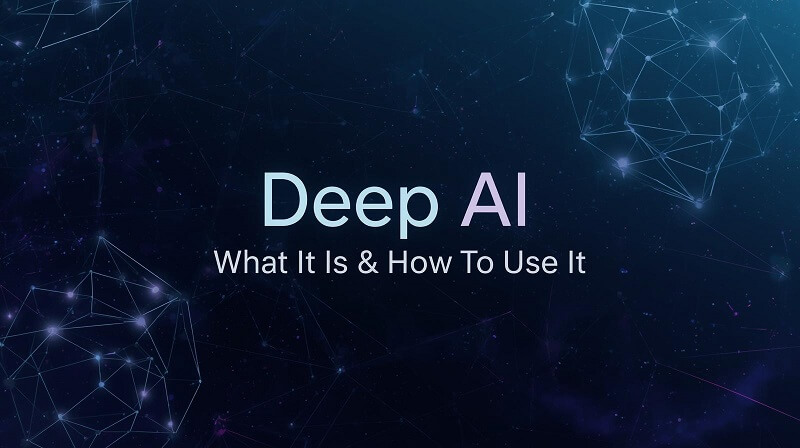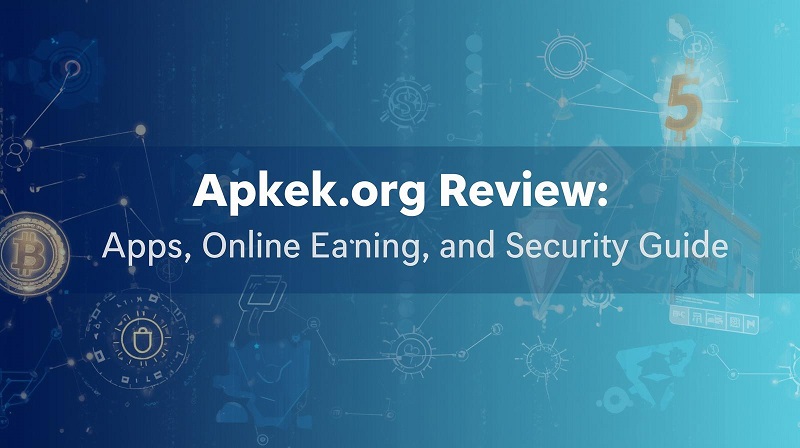Developing a SaaS product once required strong coding skills, expensive development teams, and months of hard work. Today, No-Code Tools to Build SaaS Apps Without Coding have completely transformed that reality. Small teams, entrepreneurs, and freelancers can now create SaaS apps without writing a single line of code. With pre-built integrations, cloud hosting, and drag-and-drop platforms, anyone can launch, test, and scale a SaaS business faster and more affordably than ever before. This article explores the top no-code tools, their benefits, and how they can help you turn an idea into a functional product in 2025.
Why Use No-Code Tools for SaaS Development?
Conventional SaaS development is expensive, with thousands of dollars being spent on developers and constant maintenance. No-code platforms simplify the process by:
- Shortening time to market from weeks to months.
- Reducing costs using subscription-based pricing models.
- Allowing non-technical founders to create and control products.
- Offering scalability via cloud web hosting and API integrations.
- Encouraging experimentation with MVPs (minimal viable products).
For startups and solo founders, no-code equipment aren’t just a shortcut—they’re an aggressive benefit.
Key Features of No-Code SaaS Builders
Before we dive into the top gear, allow’s apprehend the core features that maximum no-code SaaS developers offer:
- Visual App Builders: Drag-and-drop editors for developing consumer interfaces.
- Database Management: Pre-configured database structures for storing and dealing with customers’ facts.
- Integrations: APIs, 0.33-celebration offerings, and payment gateways.
- Authentication: User account and login management.
- Scalability: Support to scale features as your SaaS expands.
- Hosting and Security: Hosted infrastructure for maintaining your app online and secure.
Best No-Code Tools to Create SaaS Apps Without Coding
The following are the maximum sincere and well-known no-code equipment utilized in 2025:
1. Bubble
Bubble is a main no-code platform to create complete-featured SaaS applications. Its drag-and-drop visual editor enables you to layout tricky workflows, broaden databases, and encompass APIs without problems.
What makes it splendid for SaaS apps:
- High-cease customization over different no-code structures.
- Integrates payment gateways, 1/3-celebration APIs, and consumer control.
- Enables improvement of complex net apps with responsive layouts.
Ideal for: Entrepreneurs developing scalable SaaS merchandise with custom workflows.
2. Adalo
Adalo is a mobile-first SaaS app builder that lets you construct and deploy native mobile apps without writing code. It’s also often integrated with some of the best native ads platforms to help businesses promote their apps effectively. With ready-to-use templates, you can quickly launch MVPs and test them with real users.
Why it is a very good fit for SaaS apps:
- Publish straight away to iOS and Android app stores.
- Native payment aid for subscriptions.
- Easy gaining knowledge of curves for tech-lite founders.
Best for: Mobile-centric SaaS merchandise such as transport apps, reserving apps, and specialized productiveness apps.
3. Glide
Glide converts spreadsheets into working apps in seconds. If your SaaS concept is about data management, Glide is one of the quickest methods to deploy.
Why it’s awesome for SaaS apps:
- No coding is needed—just plug-in Google Sheets or Excel.
- Pre-built UI that appears professional.
- Mid-tier simple on the small scale for mother-in-law apps.
Ideal for: Data-focused mother-in-law apps, reporting dashboard and minimum management tools.
4. OutSystems
OutSystems is a low-code solution that fills the gap between no-code ease and business strength. It’s well-suited for SaaS companies with plans to grow into complex settings.
Why it’s ideal for SaaS apps:
- Enterprise-level app development with readymade templates.
- Robust integrations for large projects.
- Integrated devops and cloud scalability.
Best for: Targets for mother-in-law’s founding enterprise customers or high-real markets.
5. Softr
Softr enables you to create a SAAS app directly from Airtel or Google Sheet. It’s easy to use for beginners, with templates for membership sites, client portals, and internal tools.
Why it’s so good for SaaS apps:
- Fast setup with drag-and-drop UI builder.
- Supports gated content and authentication.
- Ideal for subscription-based totally business fashions.
Ideal for: SaaS founders creating consumer portals, knowledge bases, or internal group equipment.
6. Webflow
Although Webflow is broadly diagnosed as a design device, it additionally comprises SaaS-kind web packages while coupled with third-birthday party equipment. Its visible nature lets in for expert UI/UX design without coding.
Why it’s great for SaaS apps:
- Pixel-perfect web design.
- Integrates with devices such as MemberStac and Zapier.
- Extremely responsible and suited to SEO.
Best for: Saas founder who cares the most about UI/UX and marketing-intensive platforms.
7. Airtable
Airtable is a database tool beyond its function. With the power of its integrations and automations, it can be the core of a SaaS product.
Why it’s great for SaaS apps:
- Acts like a spreadsheet but functions as a database.
- Excellent integration with Zapier, Softr, and Glide.
- Relational databases are easy to set up for SaaS.
Best for: Backend data management for light SaaS apps.
8. Carrd + Zapier
This mix provides one of the easiest methods of building lightweight SaaS products. Carrd takes care of the front end, while Zapier automates the workflow and integrates services.
Why it’s good for SaaS apps:
- Very low cost.
- Simple automation with thousands of Zapier integrations.
- Suitable for MVPs and niche SaaS solutions.
Best for: Lean startups to test new SaaS ideas in a quick manner.
9. Appgyver
Appgyver is a business-grade no-code platform to create web and mobile applications. It is very flexible and supports integration with databases and APIs.
Why it’s ideal for SaaS apps:
- Robust database and API support.
- Supports all platforms.
- Free plan offered with solid features.
Ideal for: Technical startups seeking full control without coding.
10. Zoho Creator
Zoho Creator is supposed for agencies that require SaaS-like apps in a hurry. Thanks to its pre-configured templates and workflows, small groups can develop professional apps.
Why it is extremely good for SaaS apps:
- Enterprise-stage app templates.
- Seamless integration with different Zoho merchandise.
- Secure and scalable.
Best for: Companies which are already a part of Zoho’s environment.
Challenges to be Aware of
Though no-code equipment are sturdy, they’re no longer without obstacles:
- Limitations of Customization: Advanced capabilities would possibly want coding help.
- Vendor Lock-In: You might depend closely on a single platform.
- Scalability Costs: You pay greater as your SaaS accumulates customers.
- Performance: Not constantly as swift as custom-coded answers.
Best Practices When Developing SaaS Apps Without Coding
- Begin with an MVP earlier than scaling.
- Select equipment that matches your target customers and enterprise version.
- Implement analytics to screen consumer behavior.
- Prioritize UI/UX design for improved client retention.
- Frequently test and improve your SaaS to house consumer requirements.
Conclusion
No-code platforms are transforming the SaaS area. From Bubble and Adalo to Webflow and Softr, these answers enable anyone to create and scale SaaS packages without code. Sure, there are troubles, but the blessings—speed, cost-effectiveness, and ease of use—outweigh them manyfold.
Regardless of whether you’re a solo entrepreneur, freelancer, or small business enterprise, you don’t need to have technical expertise to get your SaaS concept off the ground. With the right no-code gear, you can turn your vision into reality and compete within the cutting-edge-day, rapidly growing virtual financial system.
FAQ
1. What are not any-code tools?
No-code gear are software program platforms via which human beings can create apps—like SaaS (Software as a Service) apps—without programming. These equipment utilize visible interfaces, drag-and-drop capability, and pre-designed templates to enable users to create, broaden, and set up apps without the need for coding abilities.
2. Is it feasible to create a totally practical SaaS app without a-code tools?
Yes, you can create an entire SaaS app without a-code structures, but the sophistication of your app will determine how far no-code gear may be able to cater to your needs. Simple ones such as CRM systems, mission control, or reserving web sites can with no trouble be created without a-code gear. If you have got primary applications with custom logic or complicated integrations, you could reach the boundaries, however there are platforms that provide advanced functions to take care of these necessities.
3. What is the cost of developing a mother-in-law app with no-code tools?
The cost of developing a mother-in-law app with a no-code tool varies with the size of the platform you use and your app. Most no-codes tools have free schemes with general features, but when your app expands and has more complex features (such as additional storage, additional user, or connection), then you will need to shift to the schemes paid. Paid options can cost from $ 10 to $ 500+ per month, depending on the tool, the size of your team and the number of facilities required for you.

